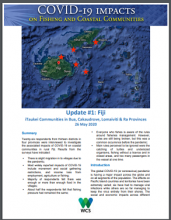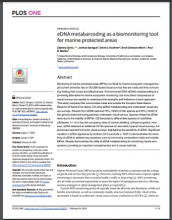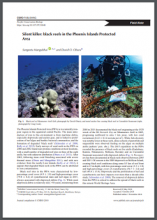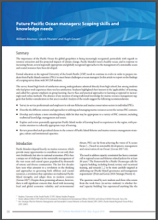
Marine Resources provides a variety of documents and links to information on marine species, deep sea mining, coral reefs, fisheries, seamounts, wetlands and more. It is not exhaustive and other marine related resources can be found under Partnerships and Planning.
Developing a framework for the efficient design and management of large scale marine protected areas
Ecologically or Biologically Significant Marine Areas (EBSAs) and Commercial Activities
- Deep Sea Mining contract areas in ABNJ
- Purse seiner pollution observer incidents across region
- Regional fishing vessel density
- Purse seiner pollution observer incidents and purse seiner vessel density
General Bathymetric Chart of the Oceans (GEBCO)
The General Bathymetric Chart of the Oceans (GEBCO) aims to provide the most authoritative, publicly-available bathymetry data sets for the world’s oceans.





























































